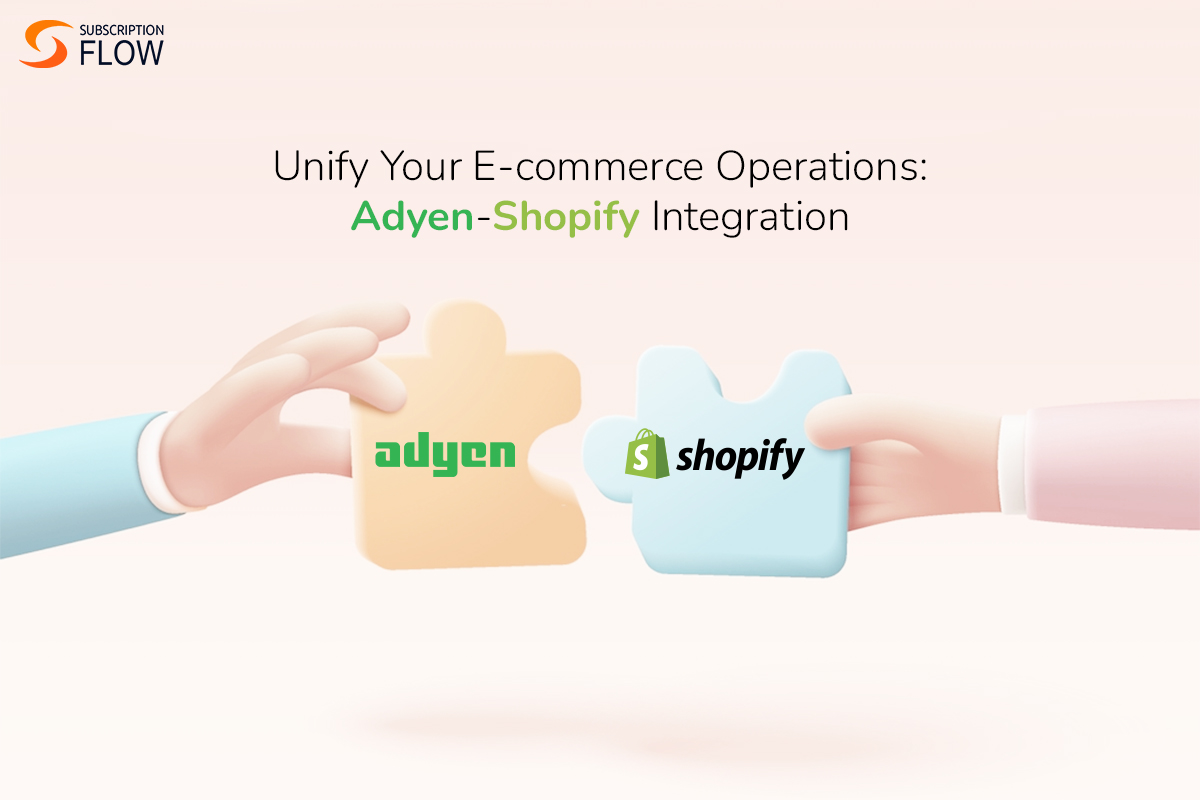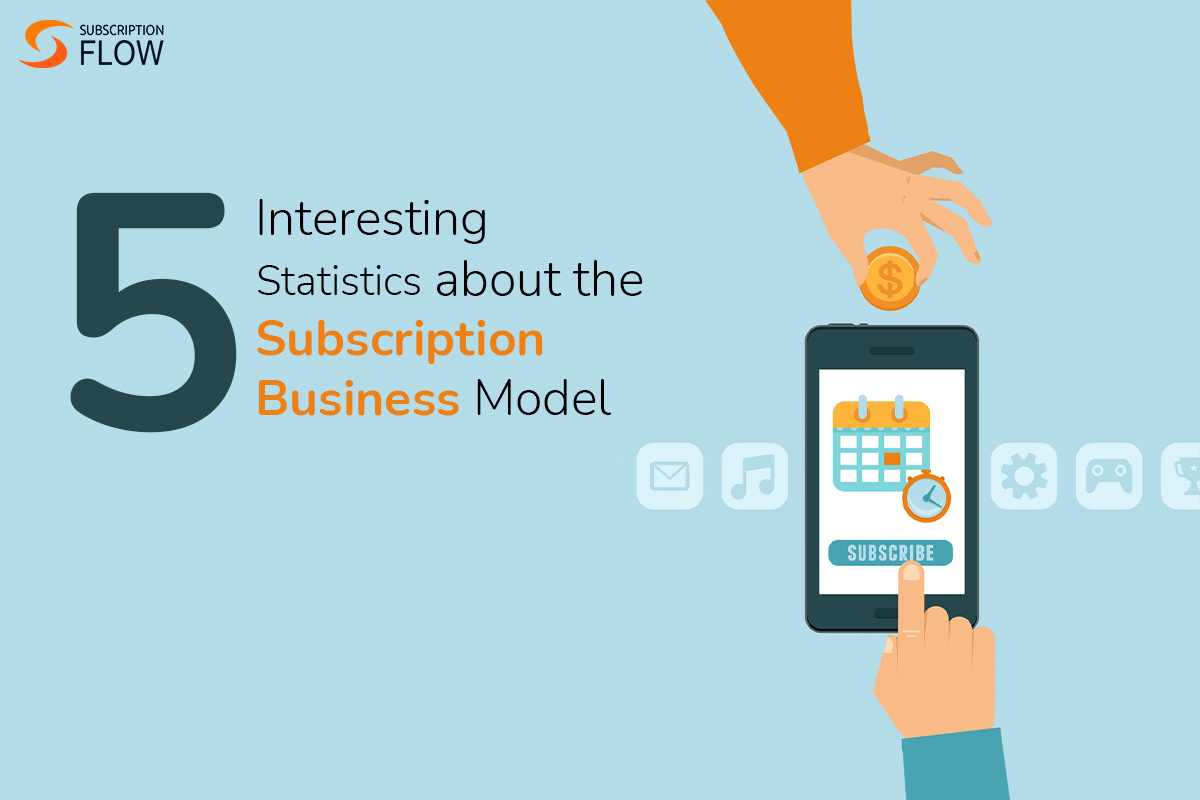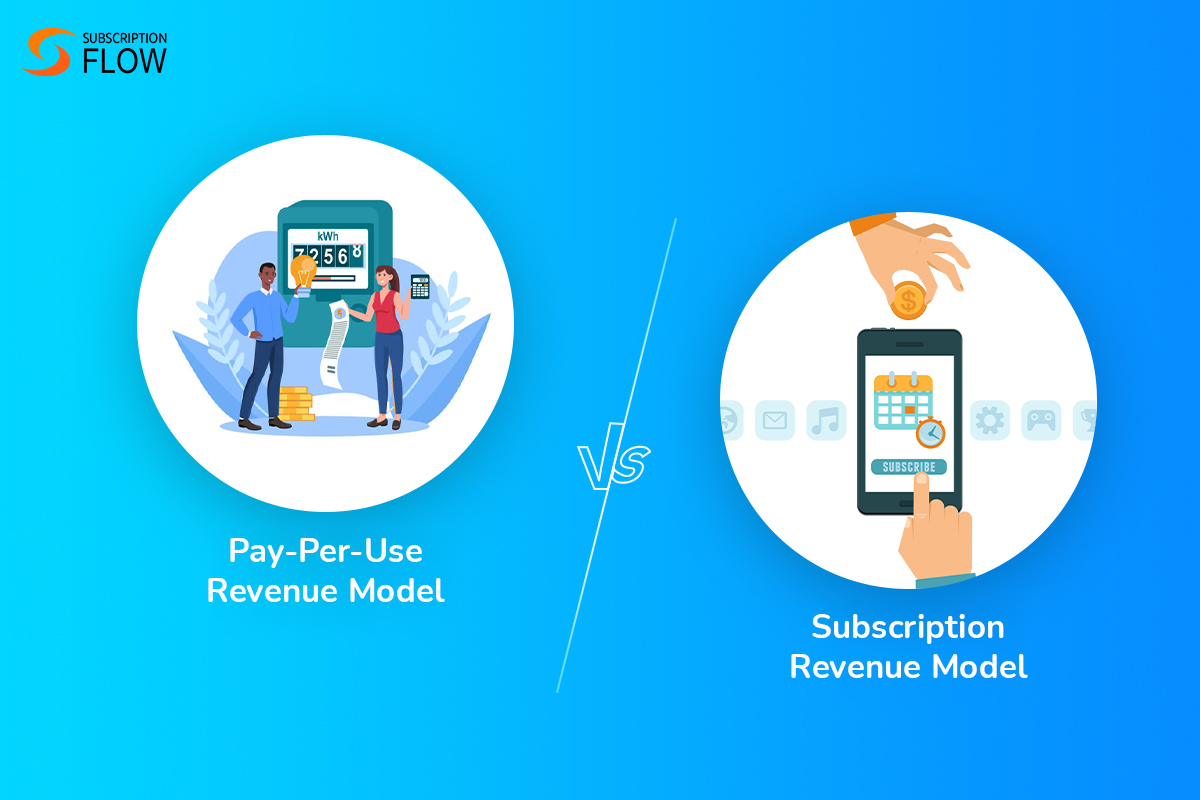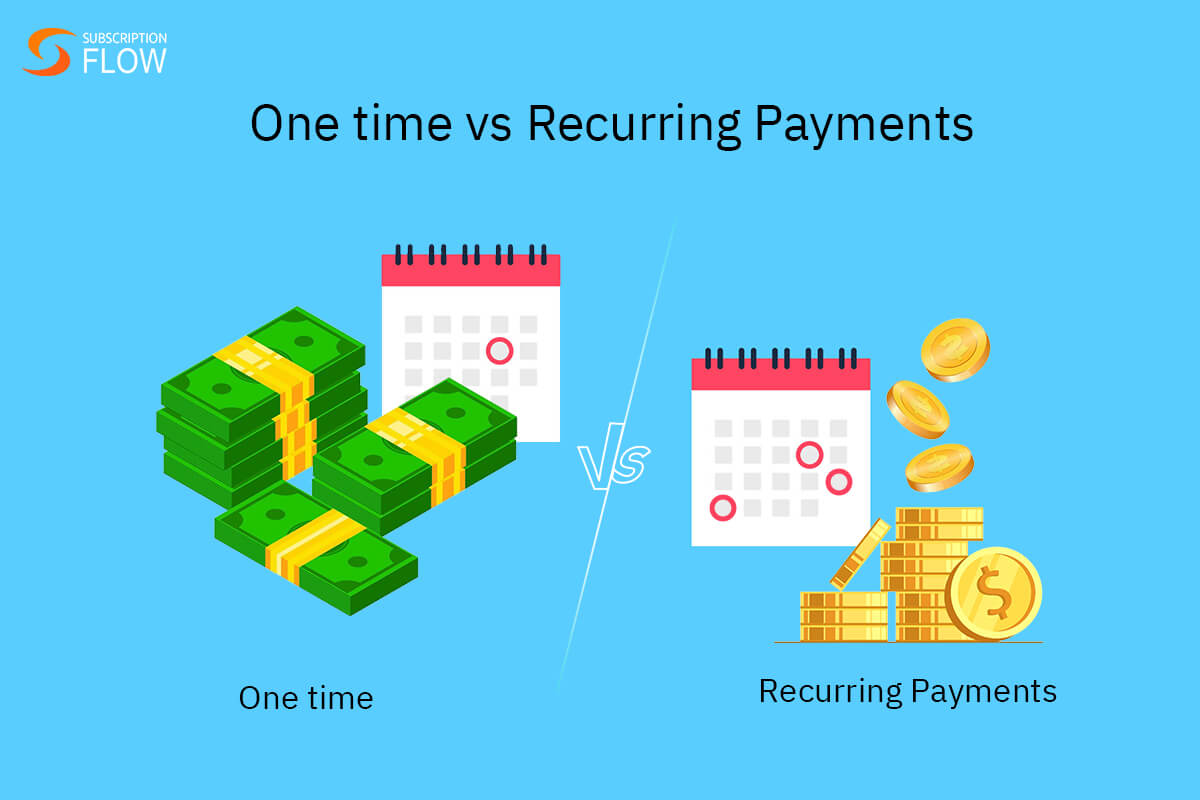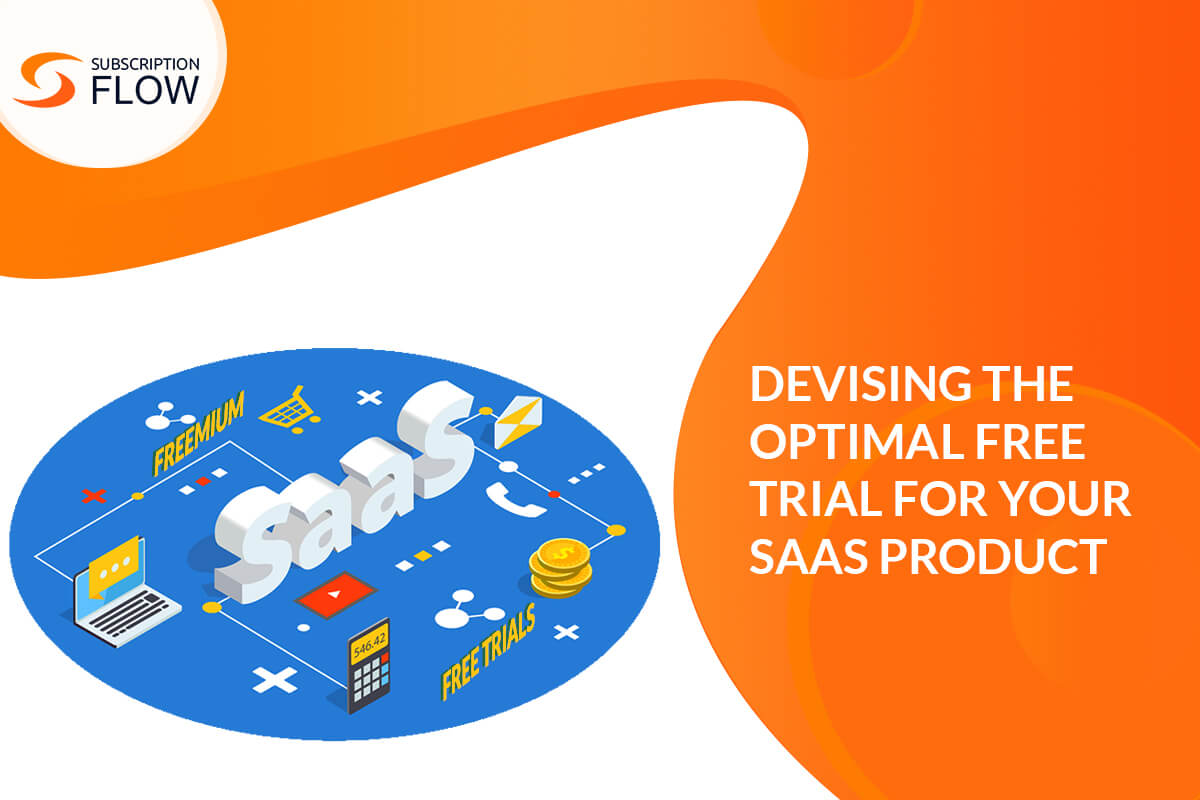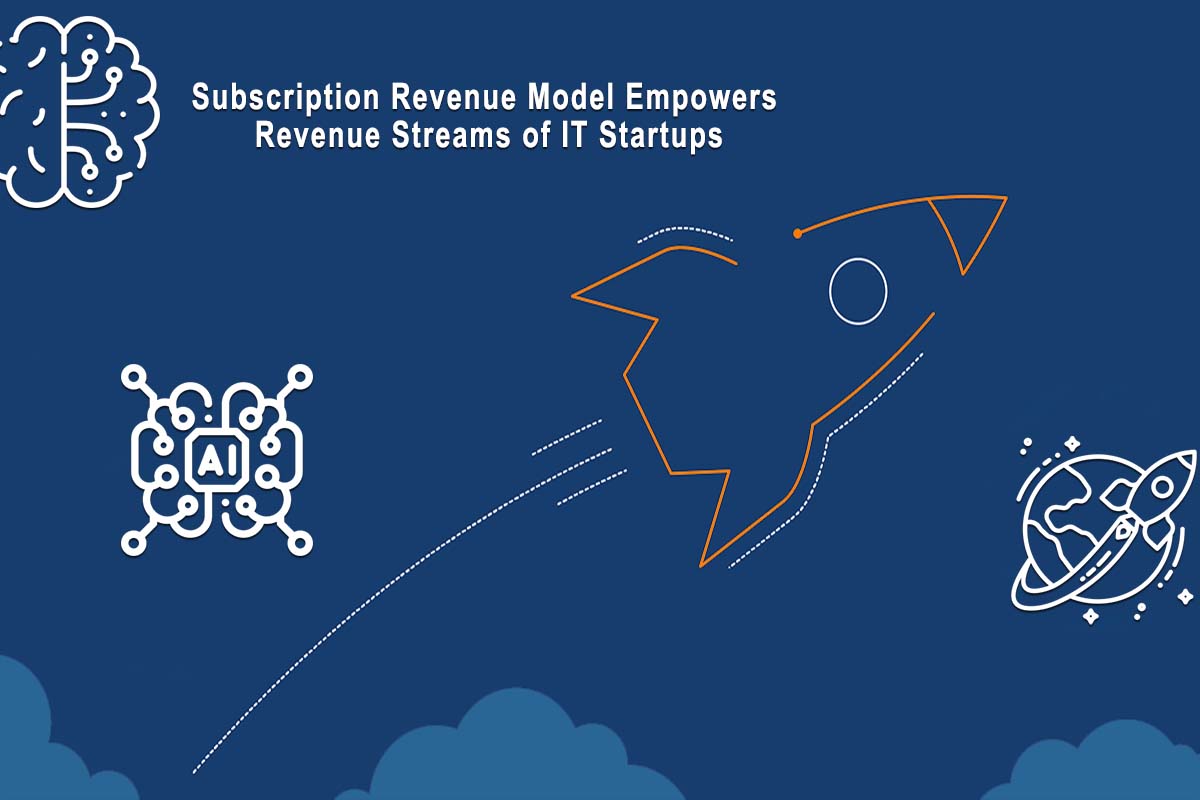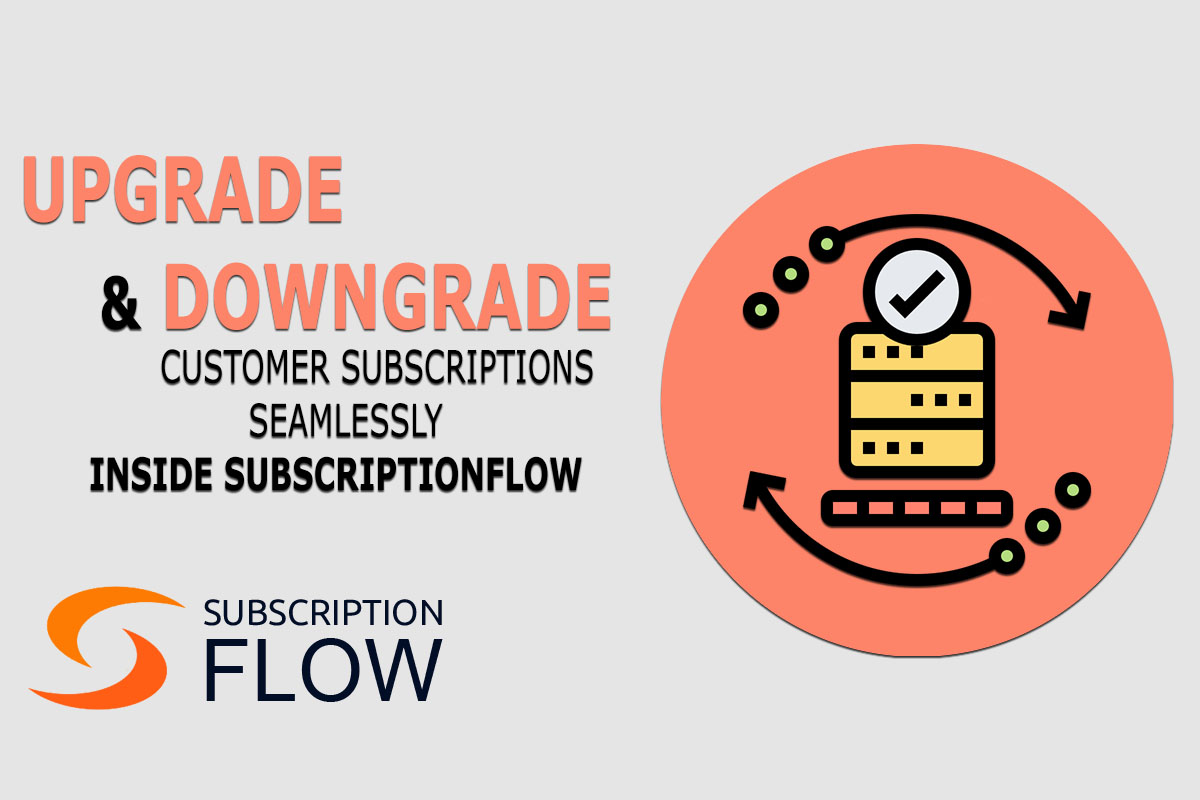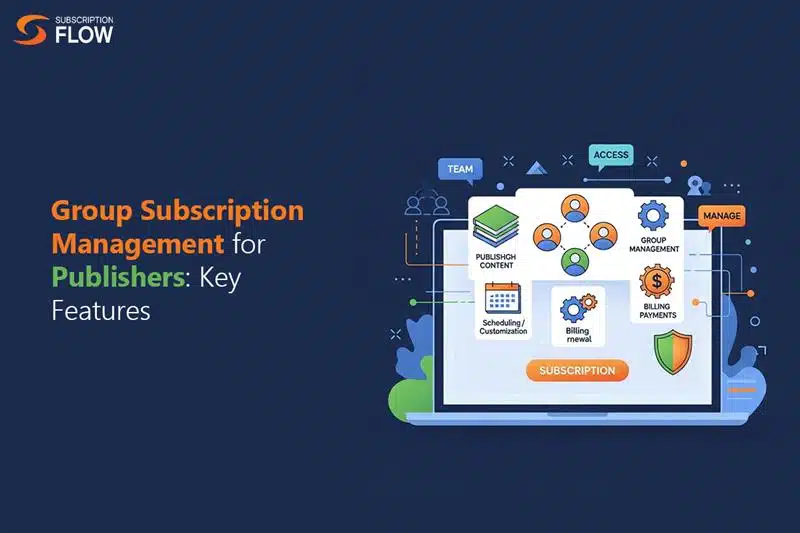
Group Subscription Management for Publishers: Increase Readership without Complicating Billing
Why limit subscription to individual readers, when you can expand access, and through that your readership? Readers today come in groups: libraries, classrooms, offices, etc. These units require one subscription account using which they can manage multiple accesses. Think about a bunch of members accessing magazines using their library’s account.
Group subscriptions, in this way, present publication houses with the opportunity to grow their reader bases. And group subscription management software for publishers ensures that there isn’t any administrative chaos involved in it. Let’s zoom into how this software helps.
Core Benefits Publishers Reap Through Group Subscriptions
Group subscriptions are all the hype today, and for good reason. They deliver all these benefits to publishers:
-
Expanded reach
Publishers sell to whole institutions, not just single users. All the users within an institution become their readers. Think about a school purchasing an e-book subscription license that lets its students access and download children’s books.
So, there are many users active under one account. There’s no need to create separate accounts for each member, making management simpler.
-
More manageable billing
There is only one payment, and that is made by the admin account. It makes billing a lot more manageable than it would be if you were to collect hundreds of payments from the same group. Publishers generate a single bill for one account, no matter how many readers come under it.
The bill is calculated using the ‘seat-based pricing model’, where every user seat added or removed increases or decreases the total bill.
-
Higher retention rates
In group subscriptions, admin renewal means the renewal of all members. So, if the admin account is retained, it’s equal to retaining all the members sharing that account. That naturally boosts retention rates.
Since payments are not separate, there are fewer failure chances. And successful payments result in mass renewals.
-
Collective engagement analytics
In individual subscriptions, publication companies are limited to viewing the analytics of only one reader. But through a group subscription account, the company gets access to the collective analytics of all members. It can view, for instance, how many members (or seats) are usually active, which ones are the most and which are the least active, which magazine segments are the most popular, etc.
These insights help them spot signs of inactivity on time, so that they can try boosting the engagement level. Conversely, if the readers are constantly engaged with the content, and making the most use of it, the company can suggest the admin account to upgrade for better access.
Must-Have Features for Group Subscription Management
This is a list of features that make group subscription management possible—and a breeze. Publishers can access them using modern management solutions like SubscriptionFlow:
-
Admin dashboard
Group admins need a dashboard through which they can oversee all their sub-member accounts and their activity. Subscription management software provides admins with such a dashboard, and they can use it to monitor, as well as add or remove members. They can also view their members’ engagement levels, active and inactive accounts, and the content they are reading and downloading.
-
Tiered pricing
Multiple subscription tiers can be created on the basis of the number of seats (user licenses). For example, 20 seats, 50 seats and 100 seats, that have to be paid for on a monthly basis. So business clients, like educational institutions can subscribe to the tiers according to their group size.
Publishers may also conduct usage-based billing according to the number of seats purchased. In this case, each seat will have a per unit price, and addition or removal of seats will impact the total charges too.
-
Automatic billing
Consolidated bills are automatically generated for groups. The subscription management platform can determine a group’s total payable amount accurately, based on the subscription plan it is on, or the active user seats it has. Once it generates the bill, it sends it to the concerned admin account for payment, reducing human intervention on the publisher’s part.
-
Access control
Clients might need varying access permissions for various reader groups that share an account. For instance, schools often need separate access levels for students belonging to different grades. There are certain genres, research papers or magazines that only a certain grade’s students are allowed access to.
Such scenarios call for the access control feature, as all the group members don’t typically have the same content needs.
-
Usage analytics
The subscription analytics feature is essential for publishers to track the activity of their group subscription accounts. The insights they acquire can help them improve their services, content quality, and subscription experience.
They get to monitor, for example, the content being utilized the most, group accounts with the most and least active consumption, groups at churn-risk, and groups that can be offered upgrade options, etc.
How SubscriptionFlow Simplifies Group Billing for Publishers
Group billing has never been more simplified. Publication companies don’t have to do any sort of manual grind anymore—whether it’s chasing payments, calculating bills, creating accounts, or managing renewals. That’s because SubscriptionFlow handles it all for them on its own. The software does this and more for you:
Automates renewals and centralizes billing
Payments are processed and confirmed automatically, and successful payments trigger renewals. Companies can track group-level payments, assign special invoice formats to group accounts, and monitor invoice statuses. Moreover, billing is centralized for each group, with a consolidated invoice that reflects all collective charges.
Provides admins with self-service portals
Transparency and control aren’t only for the publisher; they’re for the group admin too, who pays for the entire team. Therefore, admins are provided with self-service portals through which they can maintain control, and monitor their members and their reading activity. Using these portals, admins can also change their plans i.e. switch to plans with a lower or higher number of seats dynamically. Additionally, they can receive their invoices in their portals, and flexibly change their payment methods too.
Prorates charges for seat changes
Number of seats per group may change when either an admin upgrades/downgrades tier, or buys/removes additional seats. SubscriptionFlow prorates the group’s bill when these changes take place to keep billing fair, and to activate the new seat count for it instantly.
Supports AI-powered renewal predictions
Publishers can now predict their renewal as well as churn rate through SubscriptionFlow’s AI engine. The software analyzes each group account’s payment punctuality, and usage activity to predict whether it will renew or not, how much payment delay can be expected, and how many upgrade chances there are.
The publication company can forecast cash-flow, and take churn-prevention measures timely, based on the predictions.
Enables role-based notifications
Admin accounts receive all the payment related notifications, such as payment reminder, confirmation and other billing updates. They are also sent all the due invoices. The member accounts, meanwhile, can be provided with invoice copies, access updates and usage summaries.
Allows tiered or volume-based pricing
Publishers can implement hybrid pricing combining seat-based pricing and volume/tier-based discounts. For example, if a client buys 10 seats, they can receive a 10% discount per seat. Similarly, if they buy seats between 10-20, they can receive a 20% discount per seat within that tier. That’s the case with tiered discounts.
In volume discounts, clients can purchase more seats to qualify for a decreased per seat price across all seats—no tier restriction. Publishers can give out different types of discounts depending upon their retention strategy.
Put your readers first. With SubscriptionFlow, group billing and management is off your plate, and under control.


